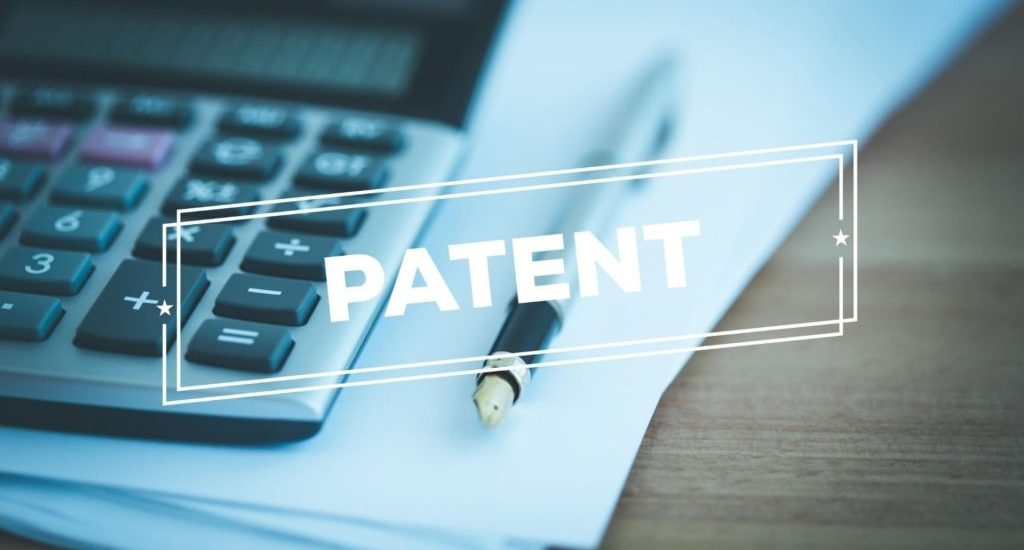- August 28, 2020
- Posted by: mbipuser
- Category: Ip Topics

Although thousands of appeals are filed at the Patent Trial and Appeal Board annually, patent applicants utilize oral hearings in relatively few of them. As a result, many patent professionals do not have experience, or do not have significant experience, in oral hearings.
In my first oral hearing, I did not know exactly what to expect. A webinar hosted by the United States Patent and Trademark Office (USPTO) offered some insight, but I had only conducted appeals “on paper” until that point. I also did not have many chances to formally practice oral arguments before judges because my work primarily consists of written responses and examiner interviews.
The following are some do’s and don’ts based on my experience with the oral hearing process. These tips are focused on patent prosecution appeals, but some tips may apply to other types of hearings.
1. DO: prepare demonstratives (lots of them)
The PTAB suggests preparing demonstratives. These demonstratives may come, for example, in the form of Microsoft PowerPoint slides. This is technically optional, but it is hard to imagine a situation where demonstratives would not help. Even if your patent application is for a relatively simple mechanical device, there are likely marked up figures or points of difference that would help illustrate your argument. Demonstratives, when properly organized, can help organize your argument and can allow you to get back on track when the discussion is inevitably derailed by questions from the panel.
As to the number of demonstratives, more is usually better. As discussed further below, PTAB judges may consider arguments or new grounds of rejection other than what was strictly briefed. Having slides that address as many potential points of discussion as can be reasonably expected allows you to adapt your oral hearing to these unbriefed issues.
One possible approach is to prepare a set of slides focused on the “main” points, and a set of “supplemental” slides that cover other points that might become relevant. The supplemental slides may include information such as paragraphs of the reference that were cited by the Examiner but not argued specifically and some brief talking points about why those paragraphs are not dispositive to the appeal.
2. DO NOT: refer to evidence or arguments outside the record
During oral hearings, applicants are expected to refer to evidence and arguments that are on the record, particularly in the Appeal Brief or Reply Brief. The exception to this is that you may need to make arguments not on the record if the judges raise a new issue during the oral hearing.
In oral hearings, judges frequently ask for citations to the record. Lacking an answer to these questions could hurt your credibility and will bog down your oral hearing with disputes about what is and is not on the record.
Having demonstratives can help here. More specifically, each slide can include citations to the record showing where evidence and/or arguments are raised. By including appropriate citations to the record on each demonstrative, you can be prepared for these questions. These citations may be, for example, “See Appeal Brief, p. 15” or “See Reference A, par. [0034].” Also, by checking each demonstrative for citations to the record, you are forced to confirm that the arguments presented in the demonstratives are, in fact, on the record.
3. DO: be prepared for anything (even new grounds of rejection)
Although applicants are expected to stick to the record, the PTAB judges may raise new issues that were not even raised before. It is impractical to predict every possible point that could be raised, but having a thorough understanding of the record will allow you to consider the points and respond appropriately. Because of this, it is important to know the record inside and out.
Read or skim each point of rejection and each argument raised in response. Read the applicable references as thoroughly as practicable. If your arguments are focused on features missing from a primary reference, consider whether a secondary reference may arguably provide the missing features. If your application is software-related and has not been rejected under 35 USC 101, consider what your response might be if a judge were to ask if the invention is abstract.
Having a good command of the record and considering a few possible new grounds of rejection will help you prepare for questions that you may not have predicted during the oral hearing.
4. DO NOT: avoid or gloss over weak points in your case
Do not expect that weak points in your case will not need to be argued during the oral hearing or that you will be able to gloss over them easily. Instead, expect that these weak points will be raised and be prepared with a reasonable response to them. You should think hard about what questions might be asked about any weak points and have some idea of what your response will be. To prepare for addressing weak points, it may be a good idea to ask for input from a colleague who has read the references and rejections.
5. DO: make sure your demonstratives are prepared in advance
PTAB oral hearing rules dictate time periods for submitting demonstratives and for requesting any accommodations. As a result, your demonstratives should be prepared well in advance of your oral hearing date.
You should also consider whether the circumstances of your oral hearing will require additional accommodations and request these in advance. For example, if you will be participating in a new attorney program such as the Legal Experience and Advancement (LEAP) program or if you will need audio/visual equipment to project materials you have prepared, you will need to send a request in advance. Your Notice of Hearing should indicate the applicable time periods, but check with the PTAB clerk or applicable rules if you are unsure.
Warning and disclaimer: This article does not constitute legal advice and does not create any attorney-client relationship. The article is for educational purposes only. This article expresses personal views and opinions of the author, and is not indicative of the views or opinions of the author’s employer or clients.
